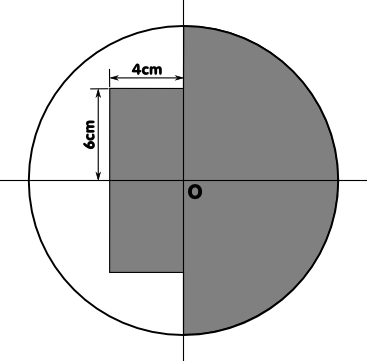I saw this interesting word problem
posted in one of the thread in Kiasu parents forum
(
http://www.kiasuparents.com) the question look something like this
:-
Question :
Kumar spent $1729 on a set of
encyclopedia. He spend 1/4 of the remainder on a a camera and still
had 2/5 of his money left. Find the total amount of money he had at
first.
This is a typical question based on
remainder concept. While it is relatively easily for experienced
teacher to solve the question. However, in teaching, it is not how
much you know, but rather how easy you make it for the children to
understand. You have to approach it from the mentality of your
students. There are a few points which you have to specially take
note as below :-
1. The amount given $1729 is a
relatively odd number and some students will perceive it as tough to
calculate.
2. 3/4 of the remainder which makeup
the Final fraction of 2/5 is not very clear cut to some students who
are not fast learner. (as you need to further divide the 2/5 to 6/15
so that the 3/4 of the remainder fit nicely into the subunit. You
could split the 1/4 & 3/4 of the remainder properly into the
subunits nicely.)
3. After further divide the final
fraction into 15 equal parts, it will not be easy for your students
or your kids to work on as they have to be careful visually as well
as when they carry out the computing.
4. For students that you have not
introduce the remainder concept, you will need to guide and train
them to identify why this question belong to the remainder concept.
This question also give you to opportunity to train them how to
think.
Let approach it from the model
method
From the question we can draw the model
below
We know that Kumar had spent the money on
the encyclopedia and camera are left with 2/5 of the total amount.
We know the amount spent on the encyclopedia but not the final
fraction (We could immediately calculate the total amount if we know
the final fraction of the encyclopedia. We know the final fraction
left but not the actual money left. The great clue is the money left
is 2/5 of the total and it is also 3/4 of the remainder after buying
the encyclopedia and camera. So trying to relate the amount left
which is 3/4 of the remainder to the final fraction we have to
compare as below
We had to split the each 1/5 to 3 equal
units so each 1/4 will make up 2/15 of the final fraction and 3/4
will make up 6/15 of the final fraction as indicated below
Hence we can find out the final
fraction of the encyclopedia by substract 2 units (camera) and 6
units (left) from the total 15 units. Hence the encyclopedia is 7
units as shown below:-
Therefore the total amount is as work
out as below
7 units

1729
15 units

1729 / 7 * 15 = 3705













